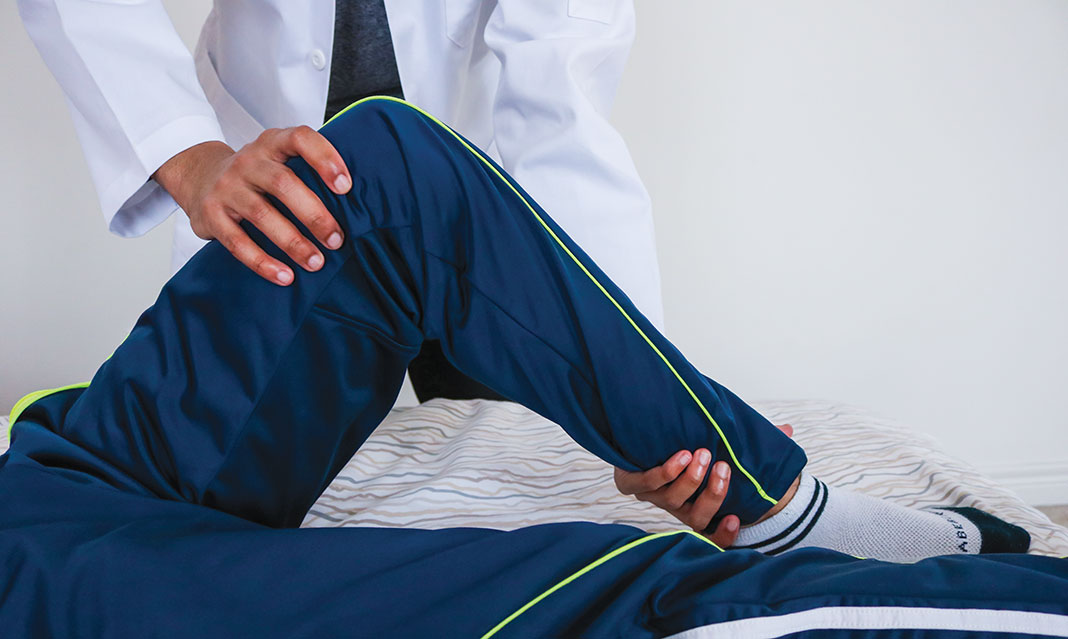Athletic therapy and physiotherapy are exceedingly similar in terms of treatment and techniques used to treat an injury or illness. The main difference lies in their scope of practice and educational background.
An athletic therapist requires a 4-year bachelor’s degree to specialize in immediate care and prevention of musculoskeletal injuries. Health Canada uses the CATA certification process where the candidates must meet the academic requirements in their bachelor’s degree and then finish a 1200-hour internship for practical experience, and finally finishing off with a comprehensive exam.
An athletic therapist would be present on site during a sports event, such as an NBA game, that rushes to help professional players during an injury and apply their training on assessment and rehabilitation. This very nature of emergency first response for immediate care can be applied out of professional athletics and transferred to musculoskeletal disorders, especially when related to physical activity. Using the Sports Medicine Model of care, athletic therapists apply various treatments including manual therapies, exercise prescription, therapeutic modalities and physical reconditioning. The main area of expertise is orthopedics where they focus on injuries to muscle, bone and joints.
Moreover, athletic therapists usually work closely with sports clinics as well as sports or national teams. Thus, they’re known for their assertive style and variety of therapeutic tools to seek out the most efficient way of treating injuries or increasing the rate of recovery, in addition to a preventative method of helping patients achieve their maximal physical performance. Their focus is to help patients regain, maintain or exceed the necessary physical level of performance for their sport. Overall, the core target patients for athletic therapists are individuals that lead an athletic lifestyle and are regularly dependent, to a considerable extent, on their optimal physical fitness.
On the other hand, physiotherapy is defined as the science of movement that focuses on the underlying physical issues to help recover, sustain and maximize an individual’s physical strength, mobility, function and overall well-being. In part, they seek out the root cause of an injury and treat it accordingly. This profession would require an additional 2-year Master’s degree and includes a much wider scope of training, including neurological disorders, orthopedics, cardio-respiratory rehab, stroke rehab, pediatrics, geriatrics and burn patients.
Most physiotherapists commonly decide to expand on a specific area of interest and continue their education after graduation. As such, with a broader scope, physiotherapists are not limited to sports injuries as all anatomical injuries fall in their purview. These individuals would work in hospitals, clinics and senior homes to treat a wide spectrum of patients and illnesses.
The typical patient for a physiotherapist usually seeks out treatment for some chronic injury or after a major trauma like a car accident. Another significant part of the job includes helping children with various disorders overtime as they grow.
It is also quite common for both types of therapists to attain certification in knowledge for other types of fields in health care. Physiotherapists usually study acupuncture and various osteopathic techniques. Manipulative therapy is also a major area of focus, where electro-therapy equipment and exercises are used for the massaging of muscles to enable joint mobilization and manipulation. Athletic therapists on the other hand usually expand into muscle energy, massage therapy, and osteopathic techniques complementary to their rehabilitative methods.




Keep up the great work! Thank you so much for sharing a great posts.